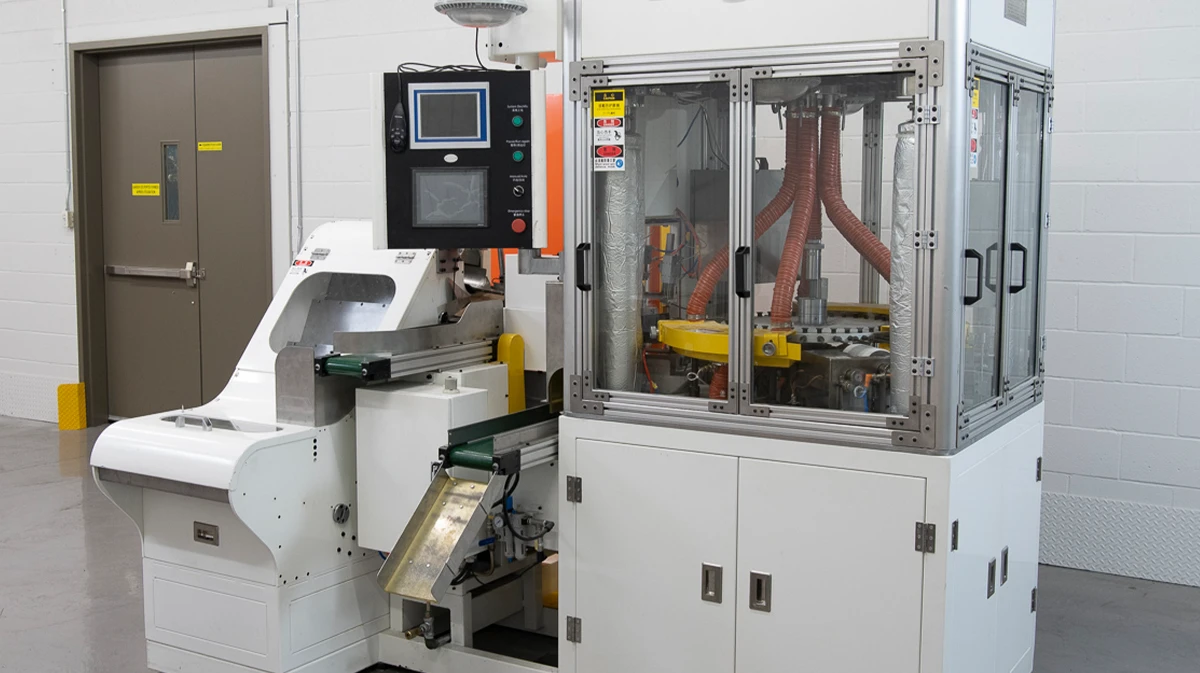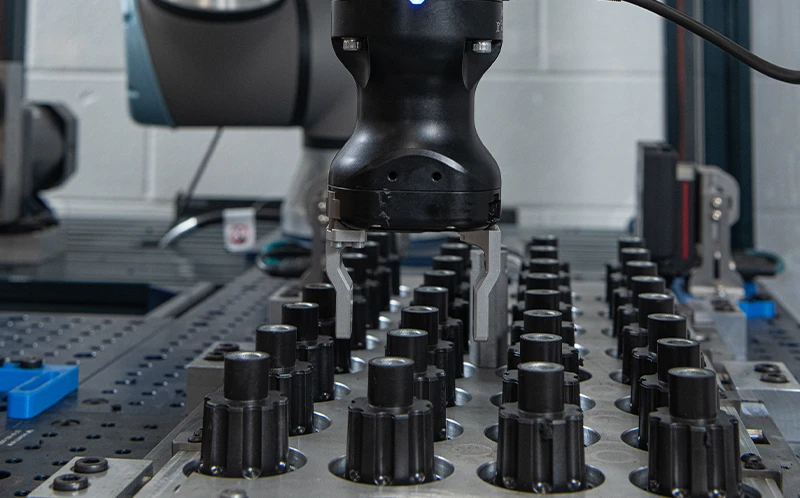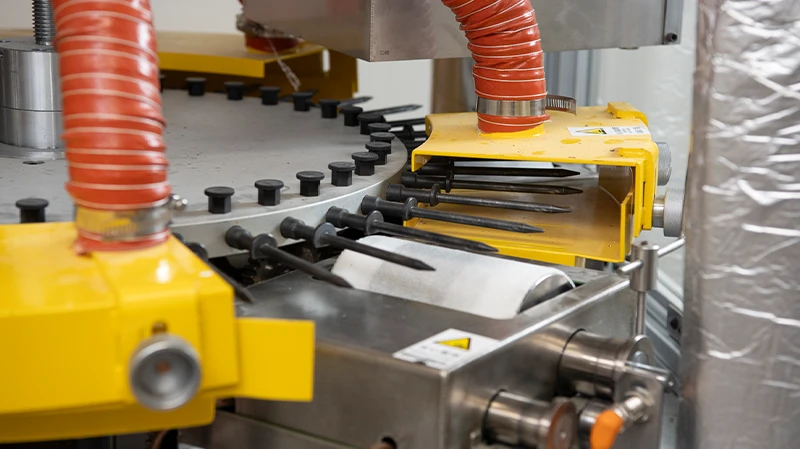The manufacturing industry has been going through a major transformation due to technological advances which are redefining production methods. The growth of robotics in manufacturing has shown that implementing a robotic solution isn’t intended tod replace people but to improve health, safety and efficiency at work. This means that Occupational Health and Safety plays a central role and that robotics will contribute to creating a safer and more productive working environment.

Robotics in the factory
OHS or Occupational Health and Safety covers far more than just wearing personal protective equipment (PPE) or disseminating good practices. It also includes using technologies that lighten the physical workload on workers. It is with this in mind that robotization appeared on production lines.
Reducing repetitive tasks and physical risks
Robotic equipment handles repetitive tasks to reduce the risk of muscular and skeletal injuries, cuts or chronic pain from having to adopt stressful positions. That for instance is the situation with our rotary bonding system.
By handling heavy loads or operating in extreme environments, robotic automation systems protect workers and improve safety while ensuring accuracy and consistency in performing tasks.

Improved working conditions at the centre of the OHS approach
Incorporating robotics into factories is not just restricted to automating tasks. It represents a significant advance for OHS by providing a safer and more healthy working environment.
Modern machinery is often equipped with advanced technology such as sensors or AI systems which monitor the working environment in real time. These systems are able to detect anomalies and take steps to prevent accidents before they happen. For instance, a robot can detect an abnormal temperature or unusual movement and change its operation to prevent an incident.
Task automation improves productivity
High technology machines vastly improve the speed and efficiency of manufacturing processes. Their ability to work continuously means that high production rates can be maintained while reducing downtime. In addition, because of their accuracy, the quality of the finished product is consistent and uniform, minimizing defects and losses. They perform each task with millimeter accuracy, ensuring high quality standards.
We have integrated robotized equipment and automation processes to meet our specific needs in the manufacture of engineered rubber parts. Our bonding unit, deburring robot, Angem , injection presses and rotary reinforcement bonding unit are perfect examples of how robotization can optimize production while enhancing operator safety and comfort.
Workers at the controls
The introduction of robot-controlled equipment is transforming the way our employees work. As robotics come in, jobs are becoming more technical and strategic. Operators are becoming supervisors, responsible for programming the machines, maintaining them and optimizing automated processes. This opens opportunities for developing new skills and widening career horizons by diversifying day-to-day tasks. Employees are playing a more critical role in the continuous improvement of our production processes.

Towards a transformation of the working environment
Incorporating robotics into the factory is a major opportunity to change the safety and efficiency culture.
At Soucy Baron, we see the integration of automated equipment as a necessary investment to support both the day-to-day work of our factory personnel and the production process. Our commitment to the safety and well-being of our teams is at the centre of our priorities.
Maxime Ruest, Soucy Baron’s Production Director.
Soucy Baron stands out due to our expertise in manufacturing tailor-made components and the quality of our supply chain which makes us an essential partner in North America for the manufacture of parts made out of engineered rubber.
